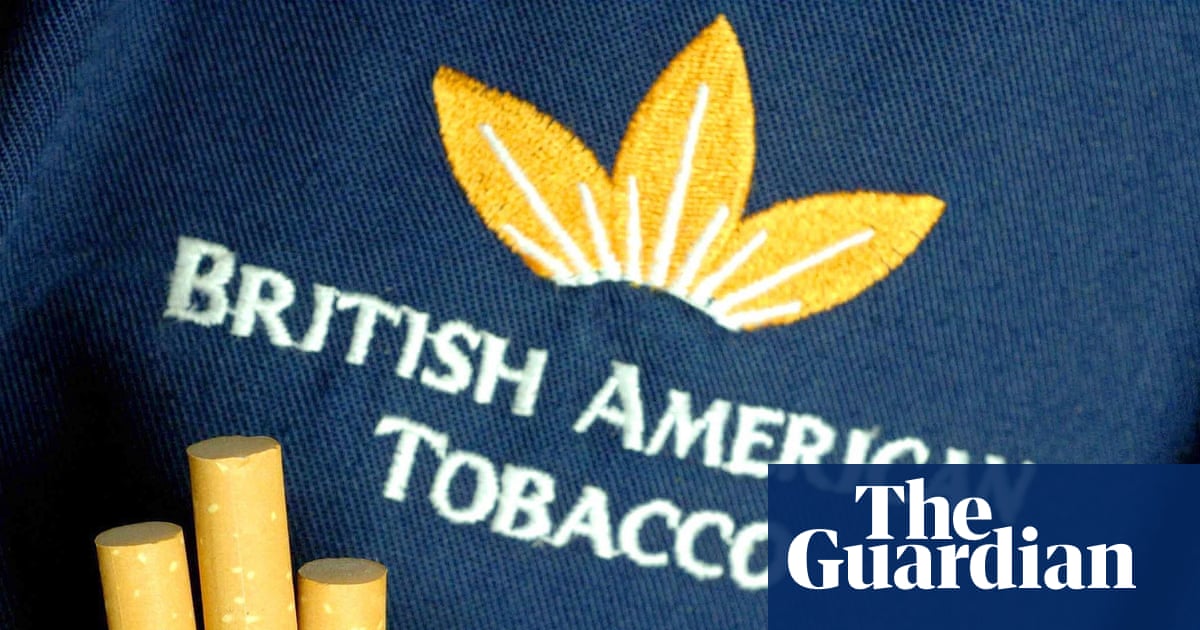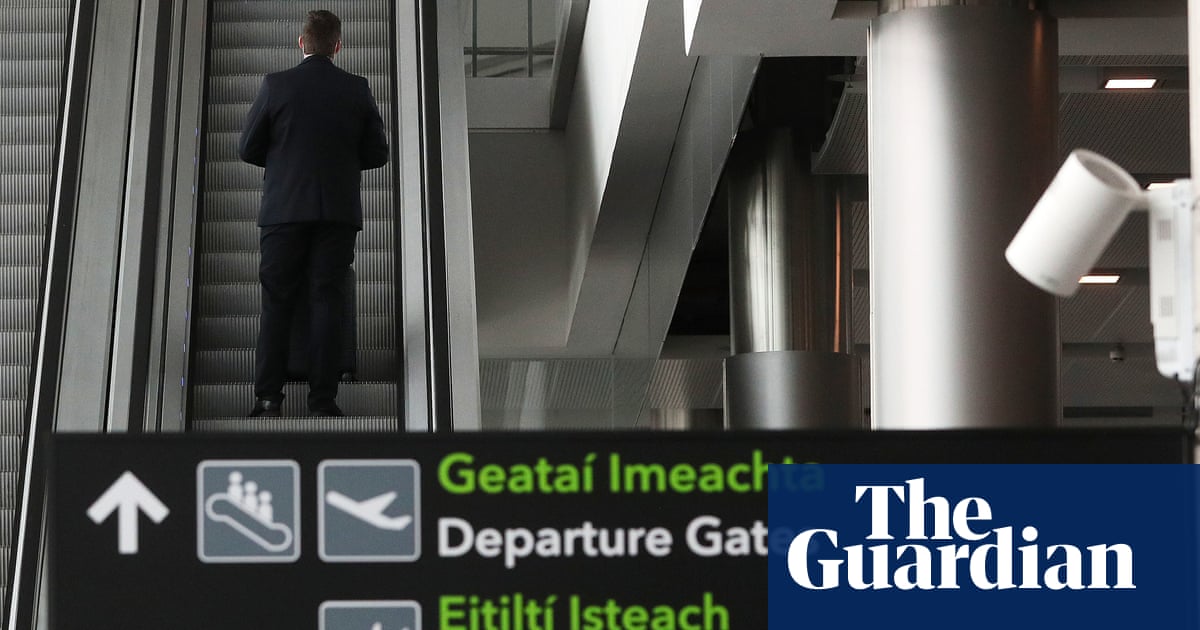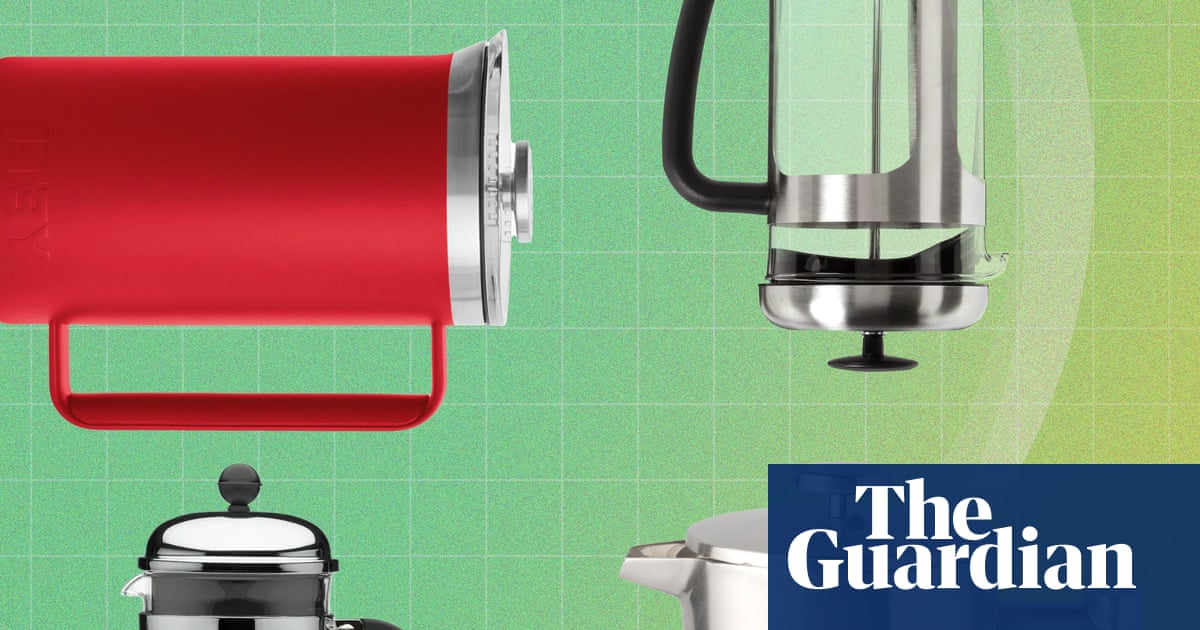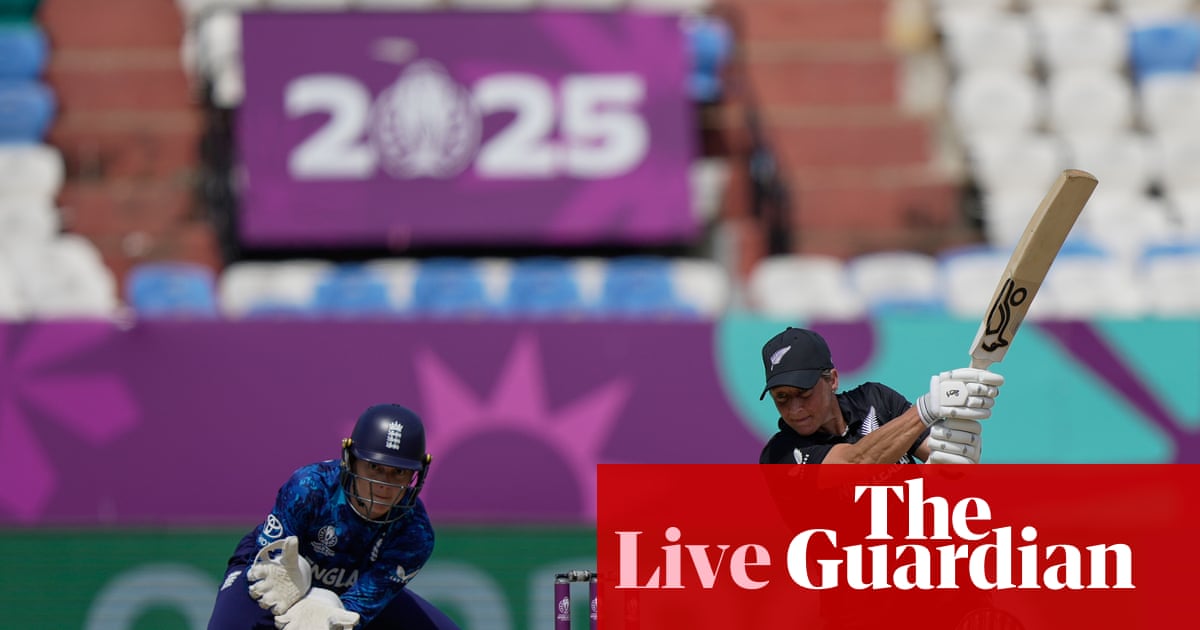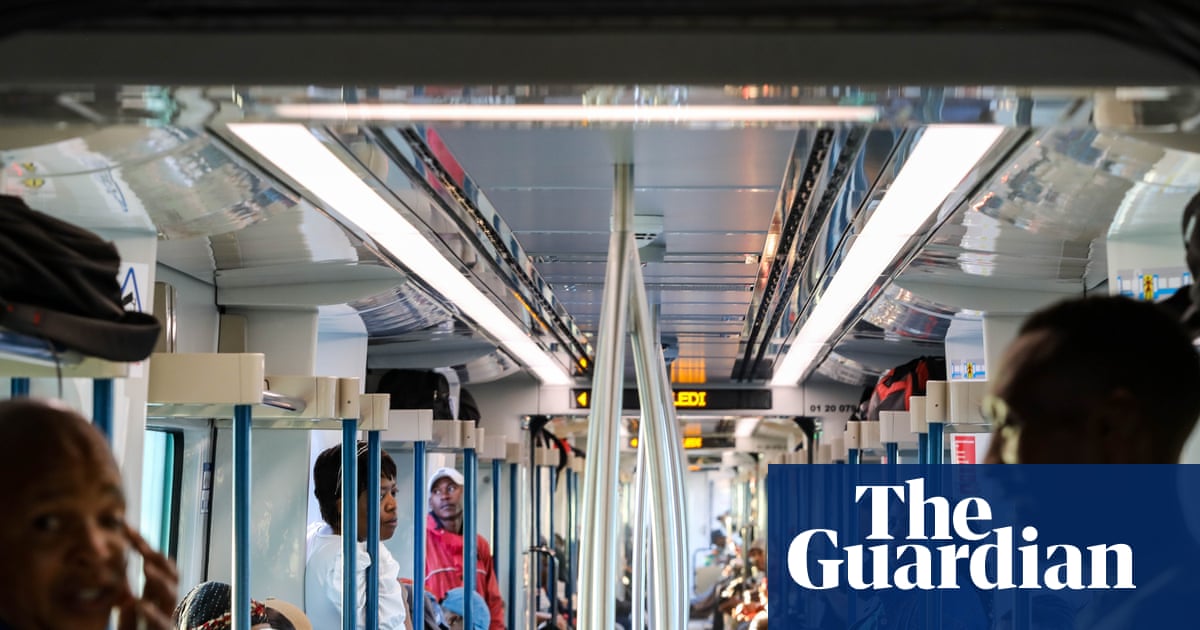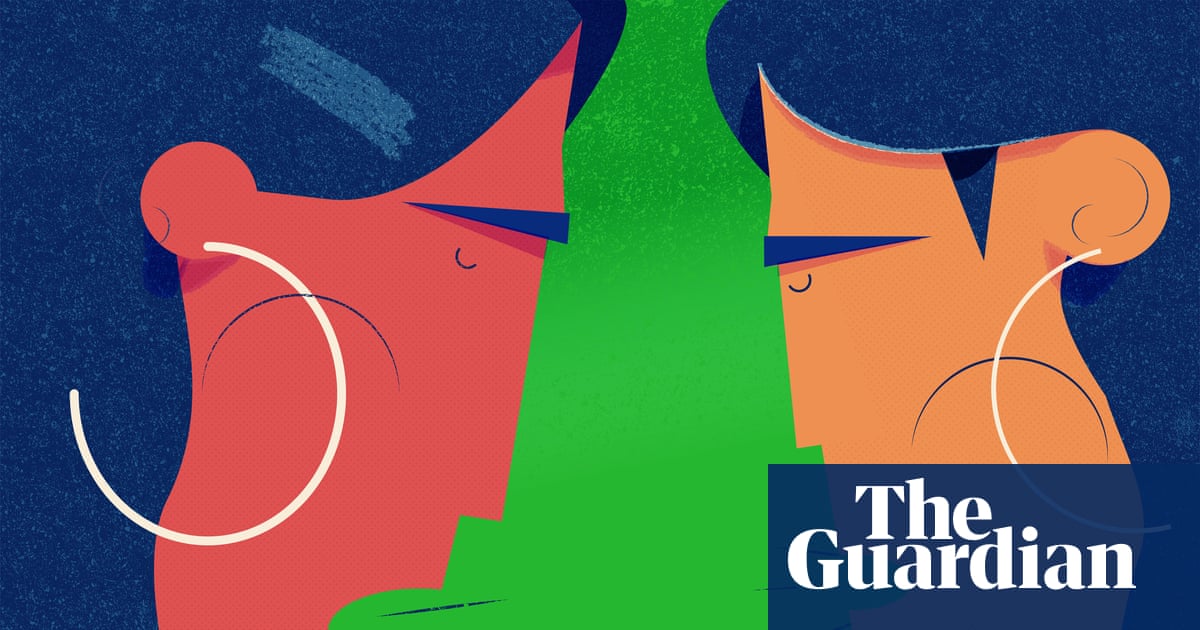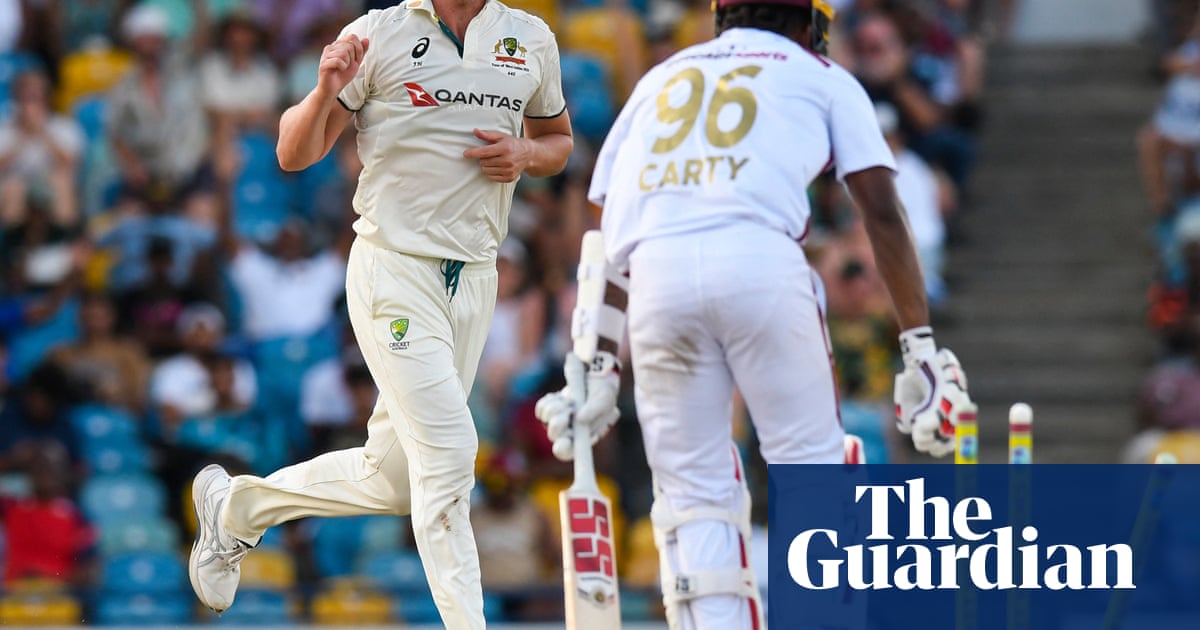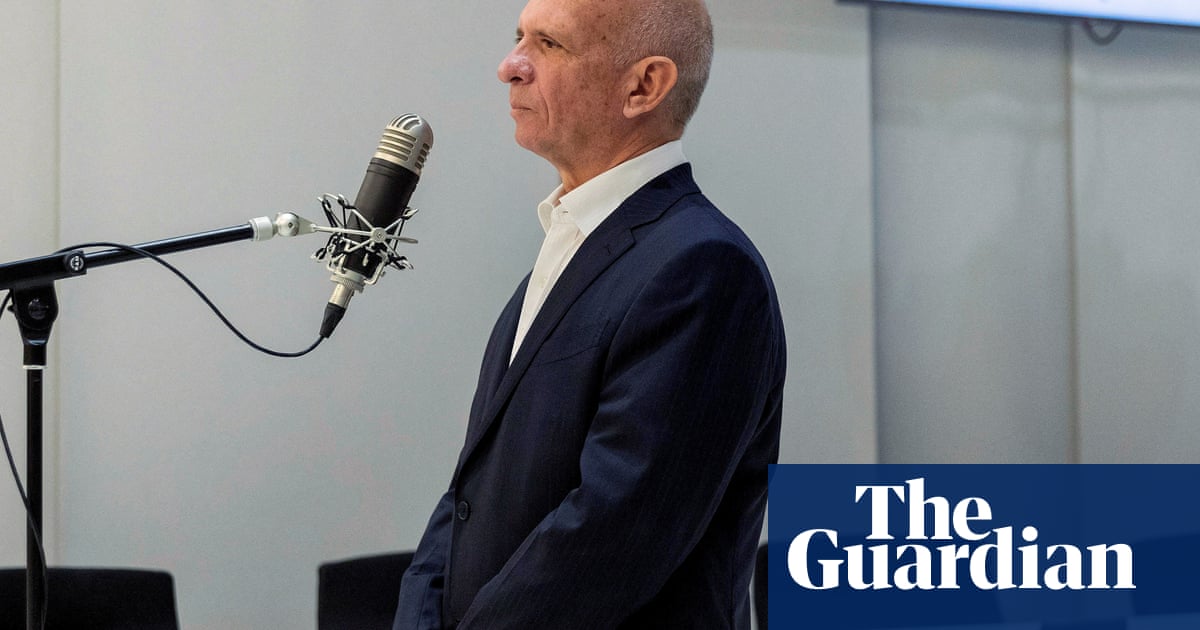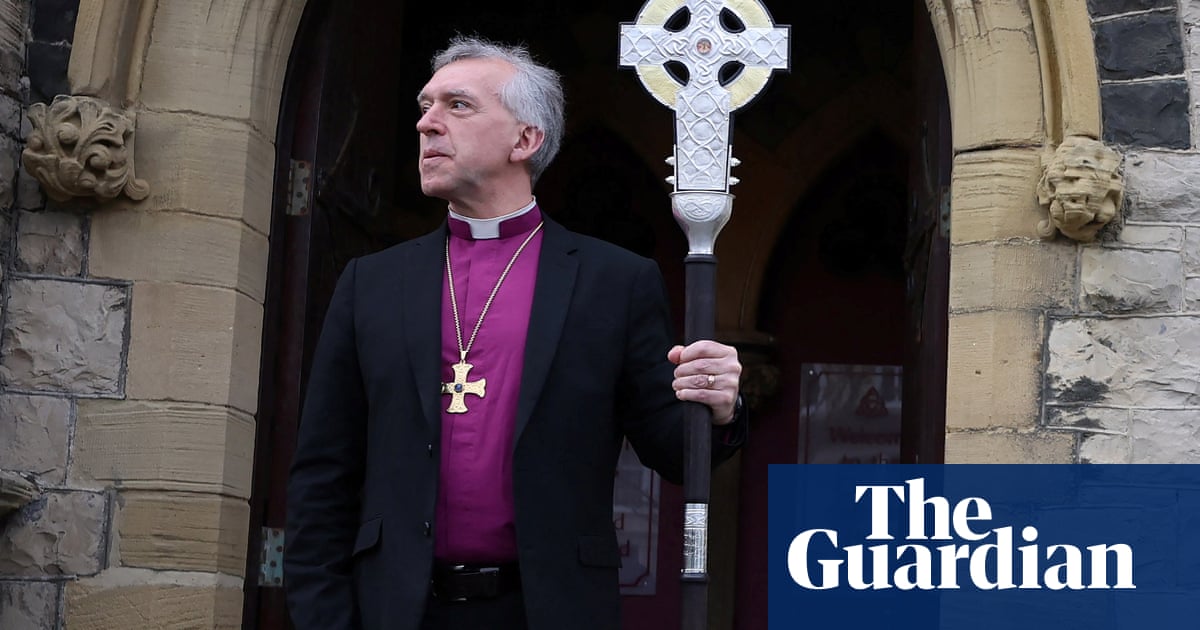You are sitting in the car at a junction waiting for the light to go green on a dark evening. You are distracted by the children in the back seat when you feel a slight bump and realise your vehicle has been hit by a moped.
When you get out of the car you can see little damage but the driver of the moped insists he takes a picture of your driving licence or insurance documents in order for any claim to be sorted.
What you don’t know is that the collision has been orchestrated as part of a “crash for cash” scam. The details you hand over will be used to take out motor insurance policies in your name so that bogus claims can be made.
The Insurance Fraud Bureau (IFB), an industry body aimed at tackling fraud, says there has been a rise in the number of identify thefts from the moped scam.
Drivers have been targeted in London and in parts of the home counties such as Chelmsford in Essex, Hertford, Rickmansworth and St Albans in Hertfordshire.
Between summer 2024 and March of this year, more than 1,100 fraudulent motor insurance policies were taken out by moped scammers using details from “crash for cash” victims, the IFB says. It believes many more instances of fraud go unreported.
It warns that in the winter months the scammers could exploit the poor driving conditions.
“As the nights draw in and road conditions worsen, drivers may be at greater risk of being targeted in reckless crash for cash scams,” says John Davies, an intelligence and investigations manager at the IFB.
What the scam looks like
The scam starts with what appears to be a random collision. The moped drivers often hide out of sight on a side road or in a parking space and then drive into the victims at low speed. While the damage may be minor or even nonexistent, the scammer will throw their moped to the ground and start taking photos, while accusing the victim of being at fault. They may have an accomplice nearby to act as a witness.
They will then start to press you to hand over unnecessary details – a driving licence or an insurance certificate – and take pictures of the documents while at the roadside, taking advantage of any confusion.
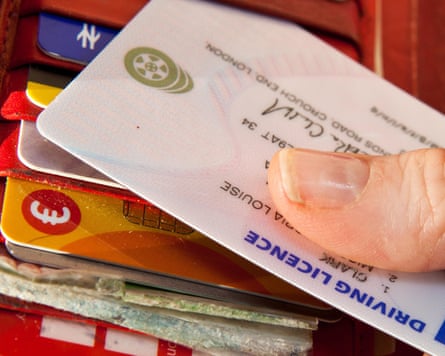
These details are then used in a number of financial crimes. In one case highlighted by the IFB, more than 40 insurances policies were taken out in a victim’s name using the information they had handed over. It was only discovered when they started to receive letters in the post from insurers.
In another case, criminals hijacked a victim’s insurance policy and made false claims.
While anyone can be a victim of the scam, women who are driving alone or with children are particular targets, as are elderly people.
What to do
After an accident, drivers are required to exchange names, addresses and vehicle registration but nothing else. Avoid sharing any unnecessary information such as copies of an insurance policy or your driving licence.
If you do feel you have been targeted, collect as much information about the incident as possible – the make and model of the moped, the number plate, a description of the driver, details of any other witnesses and dashcam footage.
Call your insurer and the police and tell them you suspect you have been targeted in a “crash for cash” scam. The IFB has a confidential Cheatline service to report such incidents.
You can apply for Cifas Protective Registration (£30 for two years) which puts your details on the national fraud database. Any organisation that uses Cifas data will be alerted to pay special attention when your details are used to apply for products or services.

.png) 4 hours ago
3
4 hours ago
3









